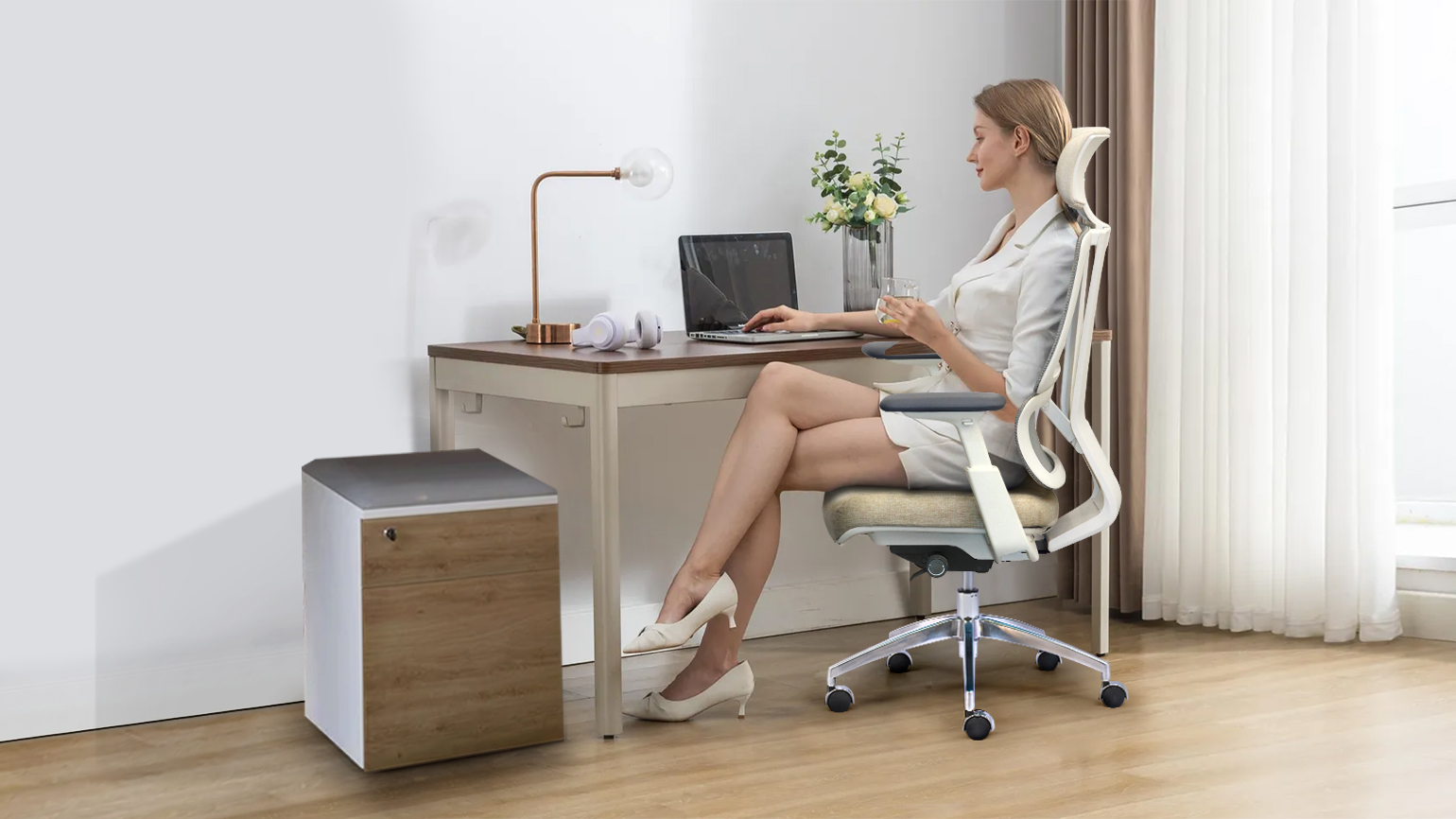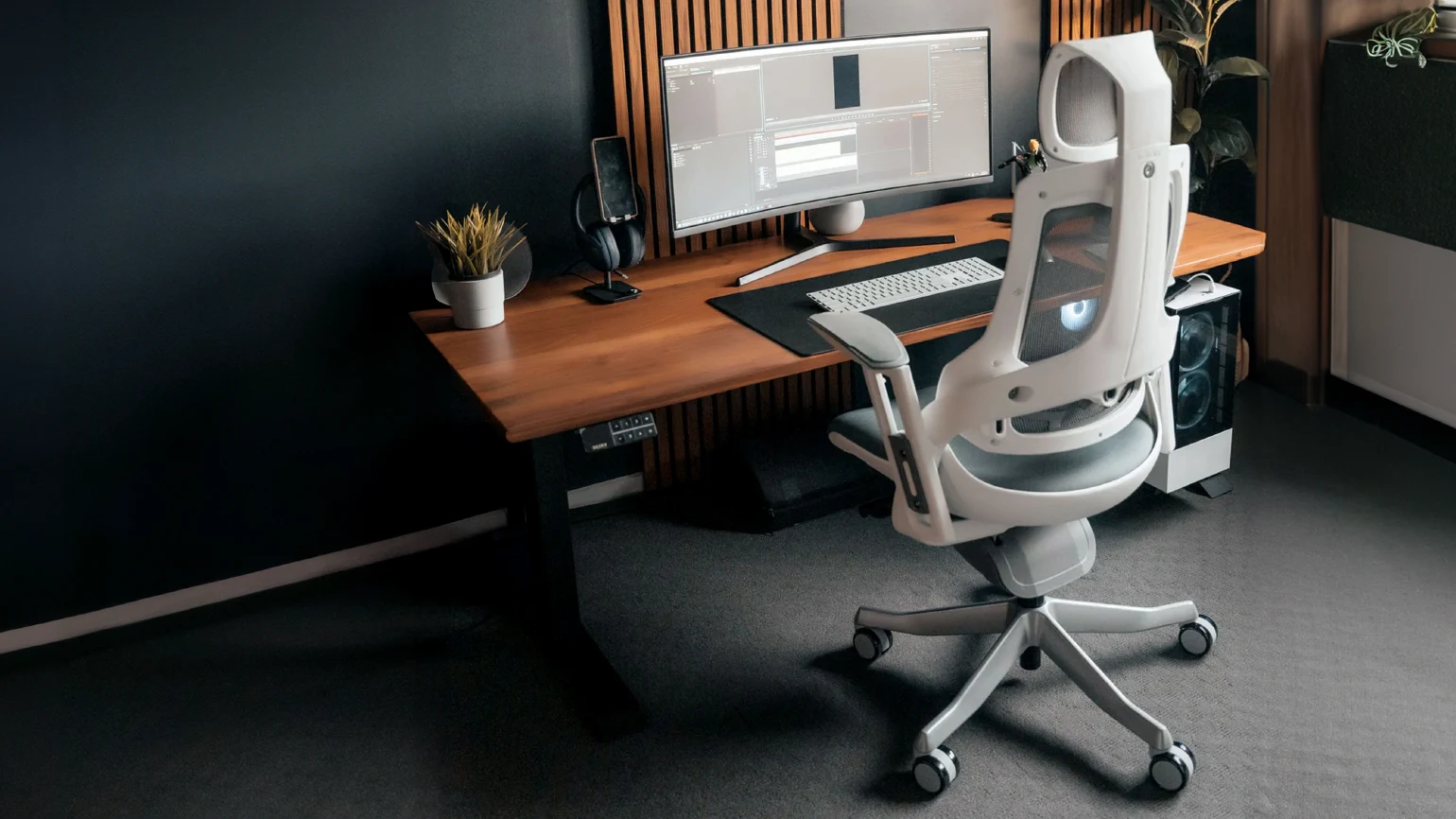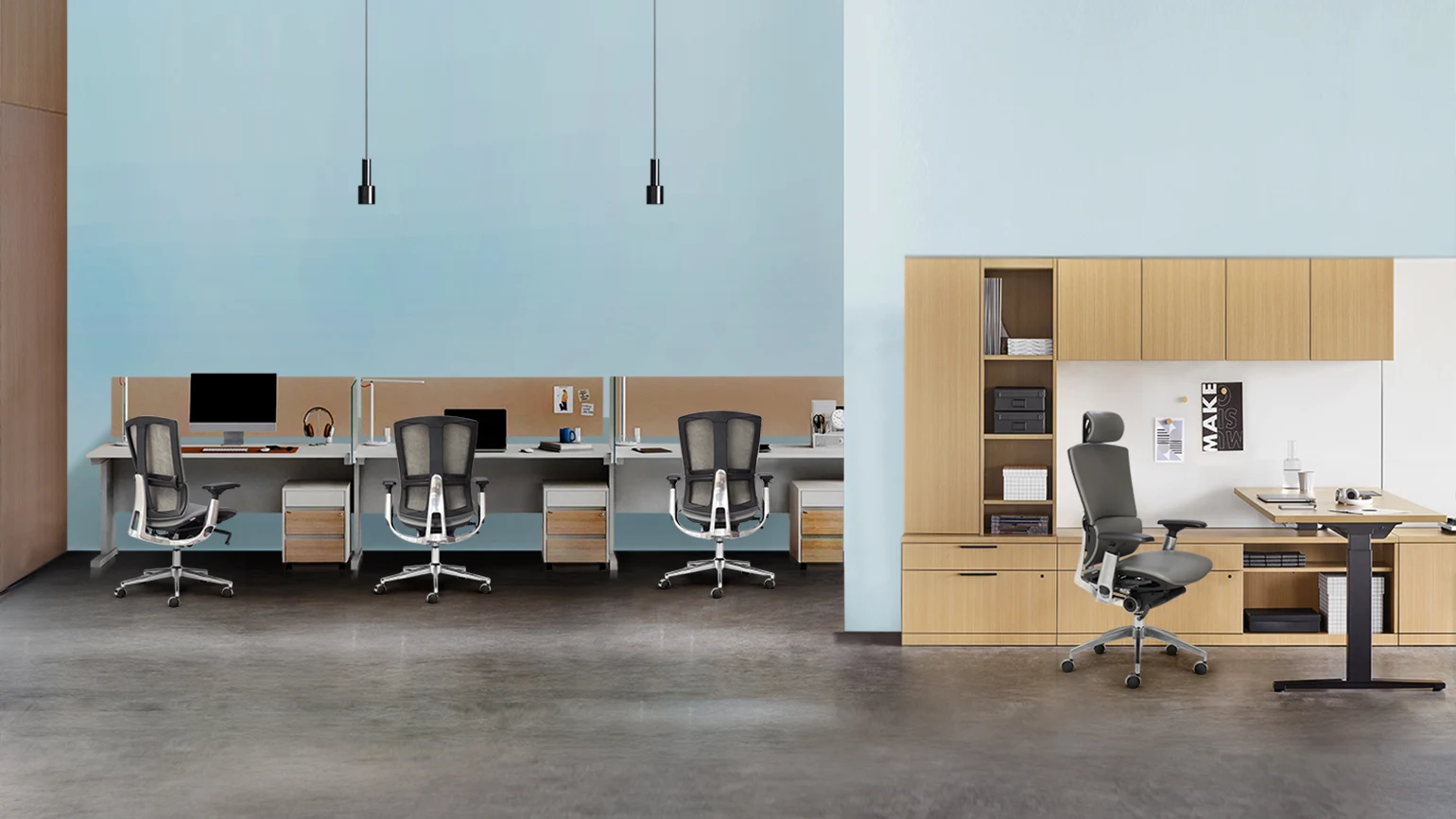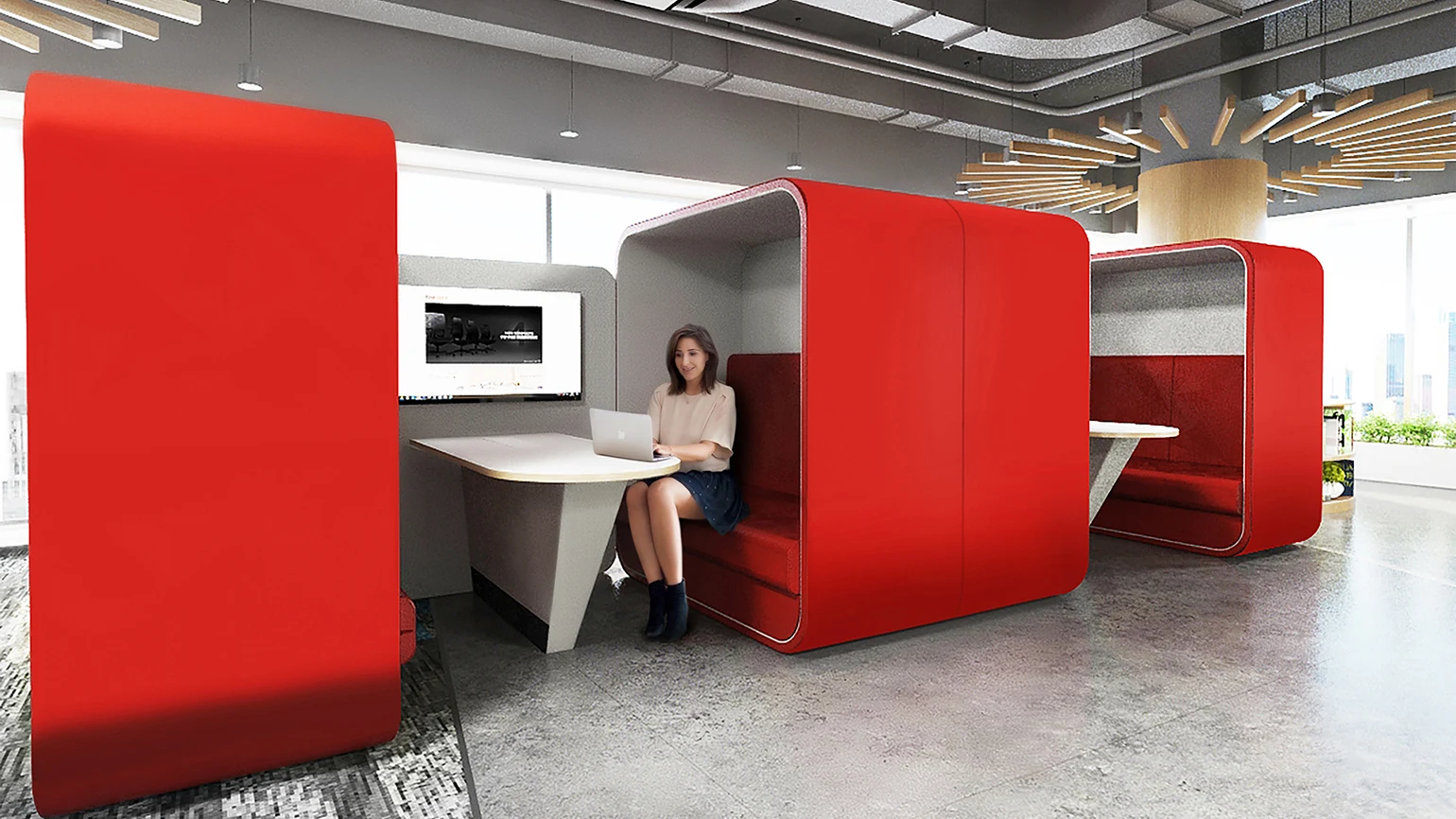The Hidden Benefits of Ergonomic Chairs for Long-Term Health
When Your Chair Becomes the “Silent Culprit”
Have you ever thought that the office chair you sit on for 8 hours a day might actually be the hidden culprit behind back pain, stiff shoulders, poor focus, and even mental fatigue?
In an age where office workers spend over 2,000 hours per year sitting, choosing an ergonomic chair is not just a trend, it’s a solution for long-term health protection.
Many people see a chair as nothing more than a piece of furniture. But science shows that sitting in the wrong posture, with poor spinal and blood circulation support, can have consequences that last for years from spinal degeneration and herniated discs to reduced work performance.
So, what makes an ergonomic office chair special, and why is it so important? Let’s explore its surprising benefits, from scientific insights to real-world experiences of millions of office workers worldwide.

1. What Is an Ergonomic Chair? A Scientific Perspective
Unlike ordinary chairs that simply provide a place to sit, an ergonomic chair is designed based on ergonomics, the science of optimizing the interaction between humans and their work environment.
Key differences include:
-
Natural spine support: S-shaped backrest that aligns with the natural curve of your spine.
-
Flexible adjustments: Seat height, armrests, and headrests can be customized for each body.
-
Weight distribution: Reduces pressure on shoulders, neck, hips, and legs.
- Improved blood circulation: Thoughtful seat design prevents numbness and fatigue.
In short, this isn’t just a chair, it’s a passive health-support device for office workers.

2. Protecting Your Spine: The Wall of Long-Term Health
The spine is the body’s central support system but also the most vulnerable to poor sitting posture. Prolonged use of conventional chairs compresses the spine, leading to curvature and degeneration.
According to WHO, over 60% of office workers worldwide suffer from back pain and disc problems. An ergonomic office chair helps:
-
Support spinal discs with an S-shaped backrest.
-
Relieve muscle tension with adjustable reclining and swivel functions.
-
Protect the neck and shoulders with headrests that prevent hunchback posture.
Long-term benefit: A healthy spine, reduced risk of early degeneration, and fewer skeletal issues later in life.
3. Better Blood Circulation: Say Goodbye to Numb Legs and Shoulder Pain
Ever felt numbness in your legs after hours of sitting? That’s the result of restricted blood flow caused by poor posture or stiff seating surfaces.
An ergonomic chair prevents this by:
-
Featuring a slightly tilted seat with a curved edge that doesn’t compress thigh veins.
-
Reducing numbness, providing lasting comfort.
-
Lowering the risk of varicose veins, a surprising yet common issue for office workers.
Better circulation means the brain receives enough oxygen, which → improves focus.
Long-term benefit: A more energetic body, reduced fatigue, and sustained performance.

4. Reducing Stress Through Comfort
It’s not just physical health, your mental state is also influenced by how you sit. Poor posture strains muscles, sending stress signals to the brain.
An ergonomic office chair provides:
-
A balanced sitting position that relaxes shoulders and neck.
-
Less muscle tension, lowering stress signals.
-
A natural sense of comfort, as though being supported instead of pressed into the desk.
Long-term benefit: A positive mindset, reduced chronic stress, one of the leading causes of workplace burnout and depression.

5. Boosting Productivity: The Secret Weapon for Businesses
One overlooked value of ergonomic chairs is their direct impact on work efficiency.
Comfortable employees → focus better, with fewer distractions.
-
Less downtime due to back and neck pain.
-
Clearer thinking enhances creativity and problem-solving.
According to the Occupational Health Journal, providing ergonomic office chairs increases productivity by an average of 17% compared to traditional seating.
Long-term benefit: Lower medical costs, fewer sick days, and optimized team performance.
6. HR Perspective: A Strategic Investment in Employee Care
For HR managers, investing in ergonomic chairs is more than just furniture procurement, it’s a long-term people strategy.
-
Higher employee satisfaction: Staff feel valued and stay loyal.
-
Stronger employer branding: A modern, comfortable office attracts top talent.
-
Reduced medical costs: Fewer cases of back pain and stress-related illnesses.
In today’s competitive talent market, “the chair” can be a unique advantage in employee benefits.
7. Common Mistakes When Choosing Office Chairs
Many businesses and individuals still make mistakes such as:
-
Focusing only on price, ignoring ergonomics.
-
Prioritizing looks over functionality.
-
Using the same chair for everyone, regardless of height or weight differences.
The result: employees sit on “beautiful” chairs but still face health issues and no productivity gains.
8. How to Choose the Right Ergonomic Chair
To maximize benefits, look for:
-
S-shaped backrest with adjustable height.
-
Slightly curved seat that avoids thigh pressure.
-
Adjustable armrests suited to desk height.
-
Headrest for neck and shoulder support.
-
Breathable materials for long sitting hours.
Tip: Always let employees test an ergonomic office chair before purchasing to ensure comfort.
9. Invest Today, Health and Productivity Tomorrow
Many people still think: “Ergonomic chairs are more expensive than regular ones, is it really worth it?”
Let’s compare:
Cost of an ergonomic chair = One prolonged sick leave of an employee + medical expenses.
Benefits gained: long-term health, better mental well-being, higher work performance, reduced turnover.
This is not just an expense, but a sustainable investment that generates long-term returns for both individuals and businesses.
Conclusion: The Time for Change Has Come
A single chair can keep your spine aligned, improve blood circulation, ease mental strain, and boost productivity, it sounds unbelievable, but that’s exactly what an ergonomic chair delivers.
-
For office employees, it’s the key to protecting long-term health
-
For HR managers, it’s a strategic tool to enhance performance and retain top talent.
Don’t let your current chair silently “erode” your health and career. It’s time to upgrade your workspace with an ergonomic office chair, the scientific solution for sustainable health and success.








